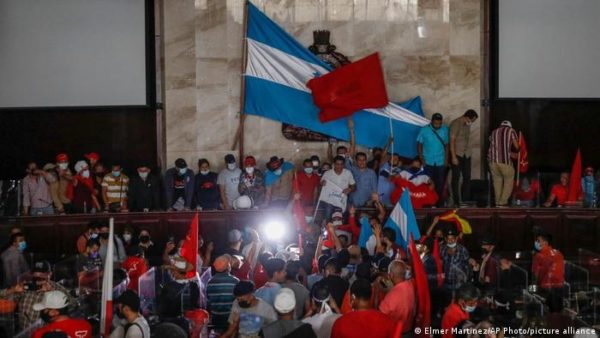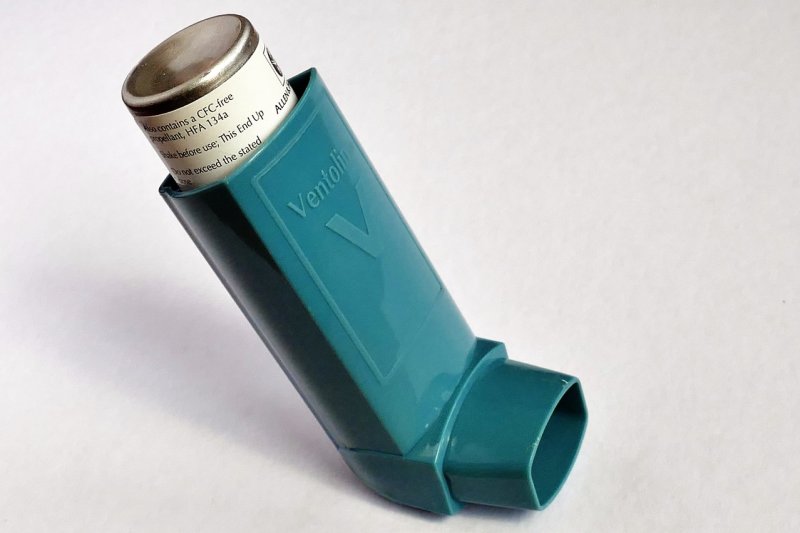Lauren Frias
Thu, January 27, 2022

Sen. Elizabeth Warren at a press conference on July 23, 2019, in Washington, DC.Win McNamee/Getty Images
Sen. Elizabeth Warren spoke at a town hall Thursday as part of a push for student-debt forgiveness.
She repeated arguments from a letter Democrats sent urging President Joe Biden to act "immediately."
The letter argued Biden should forgive up to $50,000 a borrower before the end of the payment pause.
Sen. Elizabeth Warren on Thursday said canceling $50,000 in student-loan debt could give 36 million borrowers "permanent total relief."
Warren appeared at a virtual town hall with Senate Majority Leader Chuck Schumer and Rep. Ayanna Pressley to continue Democrats' push for broad student-loan forgiveness.
The Massachusetts senator reiterated her call on President Joe Biden and his administration to "do the right thing" and offer relief to student-loan borrowers.
"Canceling $50,000 of student-loan debt would give 36 million Americans permanent total relief," Warren said during the town hall. "That would be the end of their debt burden. And it would aid millions more by significantly reducing the principal on their debt."
Federal student-loan debt totaled $1.6 trillion in 2021, held by more than 43 million borrowers.
The Biden administration has faced mounting pressure to fulfill his campaign promise and cancel at least $10,000 in student-loan debt — a figure some Democrats have been urging him to raise significantly.
More than 80 Democratic lawmakers sent a letter this week urging Biden to "immediately" cancel student debt before May, when the pause on payments is scheduled to end.
The letter, which mentioned the $50,000 and 36 million figures that Warren cited at the town hall, also urged the administration to publicly release a memo outlining its authority to provide student-loan relief to borrowers; thus far the administration has instead asked Congress to send a student-debt bill to Biden's desk.
"When Elizabeth and I started on this, they denied that they had the authority to do it — they don't deny that anymore," Schumer said during the Thursday town hall. "We've made the conclusive case."
"The president can do it with a flick of the pen — all he has to do is sign an executive order. He doesn't need a single Congress member on his side — he just has to do it," he continued, adding: "And if the administration signs this, it will provide immediate relief to millions of Americans currently saddled with this awful debt."
Jen Psaki responds to a question about Democrats' demands for student-debt cancellation by saying 'no one has been required to pay a single dime' in federal loans under Biden
Ayelet Sheffey
Wed, January 26, 2022, 2:26 PM·3 min read
Democratic lawmakers urged Biden to release a memo on his legal ability to cancel student debt.
Psaki touted the two-year pause in student-loan repayment in response to a letter from 85 Democrats.
The White House remains near silent on the memo and Biden's promise to forgive student debt broadly.
Dozens of Democratic lawmakers asked the White House for answers on the student-debt crisis on Wednesday, and the White House responded by touting already implemented relief.
During a press briefing, a reporter asked Jen Psaki, the White House press secretary, about a letter that 85 Democratic lawmakers sent to President Joe Biden on Wednesday demanding the release of a memo that outlines his legal ability to cancel student debt broadly and the forgiveness of up to $50,000 in student debt for every federal borrower.
When asked if Biden planned to release the contents of the memo, Psaki responded:
"No one has been required to pay a single dime in federal student loans since the president took office over a year ago, and I'll also add that our country is seeing one of the strongest economic recoveries in history, and the pause announced in December gives some breathing room for several more months to borrowers who are still coping with the pandemic."
She added that "the president supports Congress sending him a bill that would provide $10,000 in debt relief, and he continues to look into what debt relief can be taken administratively."
Psaki was referring to the three extensions of the student-loan-payment pause under Biden, with the most recent extension being through May 1.
Ron Klain, the White House chief of staff, told Politico last April that Biden asked Education Secretary Miguel Cardona to create a memo on the president's legal authority to forgive $50,000 in student loans per person. As Insider reported in November, redacted documents obtained by the Debt Collective, the nation's first debtors union, indicated that the memo has existed since April 5, and that White House officials have seen its contents but haven't made them public.
The White House has yet to acknowledge those documents and has stayed relatively quiet about Biden's campaign promise to approve $10,000 in student-debt forgiveness for every federal borrower. For example, during his first solo press conference of the year, Biden ignored a question from a reporter who asked if he planned to fulfill that promise.
And in December, Psaki reiterated her Wednesday comments on the matter, telling reporters that if Congress sent Biden a bill to cancel student debt broadly, he would be "happy to sign it."
But Democratic lawmakers are growing restless and want answers from the White House. New Jersey Sen. Bob Menendez said during a virtual roundtable on Wednesday that "it would be good to be publicly known" whether Biden has the legal authority to cancel student debt.
"I have not read the memo," he added, "but it is my view that the memo should ultimately certify that the president has the authority to do exactly what we're advocating for."
Ayelet Sheffey
Wed, January 26, 2022, 2:26 PM·3 min read
Democratic lawmakers urged Biden to release a memo on his legal ability to cancel student debt.
Psaki touted the two-year pause in student-loan repayment in response to a letter from 85 Democrats.
The White House remains near silent on the memo and Biden's promise to forgive student debt broadly.
Dozens of Democratic lawmakers asked the White House for answers on the student-debt crisis on Wednesday, and the White House responded by touting already implemented relief.
During a press briefing, a reporter asked Jen Psaki, the White House press secretary, about a letter that 85 Democratic lawmakers sent to President Joe Biden on Wednesday demanding the release of a memo that outlines his legal ability to cancel student debt broadly and the forgiveness of up to $50,000 in student debt for every federal borrower.
When asked if Biden planned to release the contents of the memo, Psaki responded:
"No one has been required to pay a single dime in federal student loans since the president took office over a year ago, and I'll also add that our country is seeing one of the strongest economic recoveries in history, and the pause announced in December gives some breathing room for several more months to borrowers who are still coping with the pandemic."
She added that "the president supports Congress sending him a bill that would provide $10,000 in debt relief, and he continues to look into what debt relief can be taken administratively."
Psaki was referring to the three extensions of the student-loan-payment pause under Biden, with the most recent extension being through May 1.
Ron Klain, the White House chief of staff, told Politico last April that Biden asked Education Secretary Miguel Cardona to create a memo on the president's legal authority to forgive $50,000 in student loans per person. As Insider reported in November, redacted documents obtained by the Debt Collective, the nation's first debtors union, indicated that the memo has existed since April 5, and that White House officials have seen its contents but haven't made them public.
The White House has yet to acknowledge those documents and has stayed relatively quiet about Biden's campaign promise to approve $10,000 in student-debt forgiveness for every federal borrower. For example, during his first solo press conference of the year, Biden ignored a question from a reporter who asked if he planned to fulfill that promise.
And in December, Psaki reiterated her Wednesday comments on the matter, telling reporters that if Congress sent Biden a bill to cancel student debt broadly, he would be "happy to sign it."
But Democratic lawmakers are growing restless and want answers from the White House. New Jersey Sen. Bob Menendez said during a virtual roundtable on Wednesday that "it would be good to be publicly known" whether Biden has the legal authority to cancel student debt.
"I have not read the memo," he added, "but it is my view that the memo should ultimately certify that the president has the authority to do exactly what we're advocating for."


















